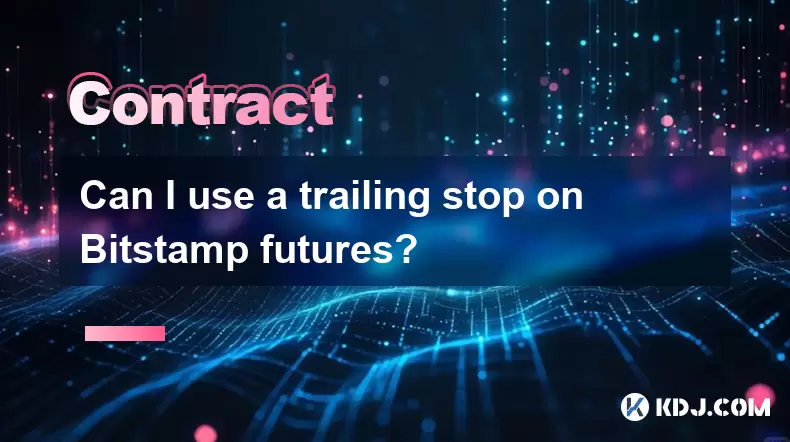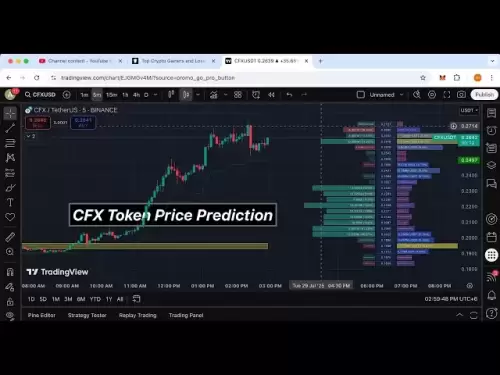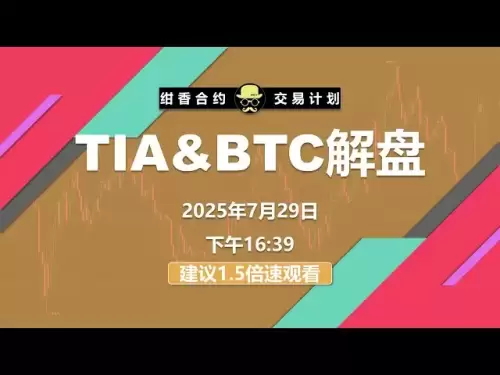-
 Bitcoin
Bitcoin $118000
-1.29% -
 Ethereum
Ethereum $3758
-3.52% -
 XRP
XRP $3.113
-5.04% -
 Tether USDt
Tether USDt $0.9998
-0.05% -
 BNB
BNB $818.5
-3.23% -
 Solana
Solana $181.9
-5.10% -
 USDC
USDC $0.9997
-0.04% -
 Dogecoin
Dogecoin $0.2239
-8.33% -
 TRON
TRON $0.3233
0.95% -
 Cardano
Cardano $0.7842
-6.81% -
 Hyperliquid
Hyperliquid $43.35
-2.12% -
 Sui
Sui $3.894
-9.97% -
 Stellar
Stellar $0.4176
-6.99% -
 Chainlink
Chainlink $17.97
-6.68% -
 Bitcoin Cash
Bitcoin Cash $576.7
-2.30% -
 Hedera
Hedera $0.2671
-7.23% -
 Avalanche
Avalanche $24.64
-6.12% -
 UNUS SED LEO
UNUS SED LEO $8.972
0.08% -
 Litecoin
Litecoin $108.1
-6.55% -
 Toncoin
Toncoin $3.198
-5.94% -
 Shiba Inu
Shiba Inu $0.00001325
-6.80% -
 Ethena USDe
Ethena USDe $1.001
-0.04% -
 Uniswap
Uniswap $10.27
-7.02% -
 Polkadot
Polkadot $3.935
-7.49% -
 Monero
Monero $317.7
-2.24% -
 Dai
Dai $0.9999
0.00% -
 Bitget Token
Bitget Token $4.550
-3.85% -
 Pepe
Pepe $0.00001179
-8.68% -
 Cronos
Cronos $0.1418
-2.34% -
 Aave
Aave $286.2
-6.49%
How to buy Bitcoin contracts
To participate in Bitcoin contract trading, it's essential to understand the different types of contracts, choose a reputable exchange, and establish a trading strategy based on thorough research and risk management principles.
Nov 12, 2024 at 10:30 am

How to Buy Bitcoin Contracts: A Comprehensive Guide
With the increasing popularity and volatility of cryptocurrencies, Bitcoin contracts have emerged as a popular way to trade the price of Bitcoin without actually owning the underlying asset. Bitcoin contracts offer investors the potential for significant returns, but they also carry a high degree of risk. Understanding the nuances of Bitcoin contracts trading is crucial before venturing into this market.
This comprehensive guide will take you through the intricacies of buying Bitcoin contracts, explaining each step in detail.
Step 1: Understand the Different Types of Bitcoin Contracts
- Futures Contracts: Futures contracts are agreements to buy or sell a specified amount of Bitcoin at a predetermined price on a future date. They are traded on exchanges and offer both long and short positions.
- Options Contracts: Options contracts give the buyer the right, but not the obligation, to buy or sell a specified amount of Bitcoin at a preset price before a specific date. They provide flexibility but are generally more complex than futures contracts.
- CFD Contracts: CFDs (Contracts for Difference) are contracts that track the price movements of Bitcoin without involving the ownership of the underlying asset. They offer leverage but come with potential risks and complexities.
Step 2: Choose a Reputable Cryptocurrency Exchange
- Security: Look for exchanges with strong security measures such as two-factor authentication and encryption protocols.
- Liquidity: Higher liquidity ensures smoother trading and reduced slippage, which is the difference between the expected and executed price.
- Trading Fees: Compare trading fees, including maker and taker fees, to minimize costs associated with your trades.
- Customer Support: Reliable customer support is essential in case of any issues or inquiries.
Step 3: Fund Your Exchange Account
- Supported Payment Methods: Most exchanges support bank transfers, wire transfers, and cryptocurrency deposits. Choose the most convenient method for you.
- Deposit Verification: Expect delays between depositing funds and being able to trade, as exchanges verify deposits to prevent fraud.
- Minimum Deposit: Exchanges may have minimum deposit requirements, so check before funding your account.
Step 4: Research and Select Your Trading Strategy
- Fundamental Analysis: Analyze market conditions, Bitcoin news, and economic factors that may influence Bitcoin's price.
- Technical Analysis: Use technical indicators and chart patterns to identify potential trading opportunities.
- Strategy: Determine your entry and exit points, risk management parameters, and position sizing based on your chosen strategy.
Step 5: Place a Bitcoin Contract Order
- Order Type: Choose the appropriate order types such as market orders for immediate execution or limit orders to set specific price triggers.
- Position Size: Carefully calculate your position size based on your risk tolerance and account balance.
- Leverage: If offered by the exchange, consider using leverage cautiously, as it can amplify both profits and losses.
Step 6: Monitor and Manage Your Position
- Real-Time Tracking: Stay updated on the price movements of Bitcoin and monitor your positions regularly.
- Price Alerts: Set up price alerts to notify you when the price reaches predetermined levels.
- Risk Management: Implement stop-loss orders to limit potential losses and take-profit orders to secure gains.
Step 7: Close Your Position and Withdraw Funds
- Closing a Position: Close your position by placing an opposing order to the one you initially placed.
- Withdrawal: Withdraw your profits or remaining funds from the exchange to your desired destination.
- Note: Some exchanges may have a minimum withdrawal amount or require additional verification before processing withdrawals.
Disclaimer:info@kdj.com
The information provided is not trading advice. kdj.com does not assume any responsibility for any investments made based on the information provided in this article. Cryptocurrencies are highly volatile and it is highly recommended that you invest with caution after thorough research!
If you believe that the content used on this website infringes your copyright, please contact us immediately (info@kdj.com) and we will delete it promptly.
- AI Tokens, Ethereum, and Market Leaders: A New Era?
- 2025-07-29 21:10:13
- Linea Airdrop: Ethereum Alignment & the L2 Network's Bold Move
- 2025-07-29 21:10:13
- Bitcoin, Crypto Mining, and Finland: A Nordic Boom in 2025
- 2025-07-29 20:30:12
- Crypto Carnage: KNC and 1000CAT Among Today's Top Crypto Losers
- 2025-07-29 20:30:12
- GENIUS Act: Stablecoin Regulation Heats Up in the US
- 2025-07-29 18:50:13
- Crypto Presale Mania: Is Punisher Coin the Next Bitcoin?
- 2025-07-29 18:50:13
Related knowledge

Why is my Bitstamp futures position being liquidated?
Jul 23,2025 at 11:08am
Understanding Futures Liquidation on BitstampFutures trading on Bitstamp involves borrowing funds to open leveraged positions, which amplifies both po...

Does Bitstamp offer inverse contracts?
Jul 23,2025 at 01:28pm
Understanding Inverse Contracts in Cryptocurrency TradingIn the realm of cryptocurrency derivatives, inverse contracts are a specific type of futures ...

What is the difference between futures and perpetuals on Bitstamp?
Jul 27,2025 at 05:08am
Understanding Futures Contracts on BitstampFutures contracts on Bitstamp are financial derivatives that allow traders to speculate on the future price...

How to find your Bitstamp futures trade history?
Jul 23,2025 at 08:07am
Understanding Bitstamp and Futures Trading AvailabilityAs of the current state of Bitstamp’s service offerings, it is critical to clarify that Bitstam...

Can I use a trailing stop on Bitstamp futures?
Jul 23,2025 at 01:42pm
Understanding Trailing Stops in Cryptocurrency TradingA trailing stop is a dynamic type of stop-loss order that adjusts automatically as the price of ...

Can I use a trailing stop on Bitstamp futures?
Jul 25,2025 at 02:28am
Understanding Trailing Stops in Cryptocurrency Futures TradingA trailing stop is a dynamic type of stop-loss order that adjusts automatically as the m...

Why is my Bitstamp futures position being liquidated?
Jul 23,2025 at 11:08am
Understanding Futures Liquidation on BitstampFutures trading on Bitstamp involves borrowing funds to open leveraged positions, which amplifies both po...

Does Bitstamp offer inverse contracts?
Jul 23,2025 at 01:28pm
Understanding Inverse Contracts in Cryptocurrency TradingIn the realm of cryptocurrency derivatives, inverse contracts are a specific type of futures ...

What is the difference between futures and perpetuals on Bitstamp?
Jul 27,2025 at 05:08am
Understanding Futures Contracts on BitstampFutures contracts on Bitstamp are financial derivatives that allow traders to speculate on the future price...

How to find your Bitstamp futures trade history?
Jul 23,2025 at 08:07am
Understanding Bitstamp and Futures Trading AvailabilityAs of the current state of Bitstamp’s service offerings, it is critical to clarify that Bitstam...

Can I use a trailing stop on Bitstamp futures?
Jul 23,2025 at 01:42pm
Understanding Trailing Stops in Cryptocurrency TradingA trailing stop is a dynamic type of stop-loss order that adjusts automatically as the price of ...

Can I use a trailing stop on Bitstamp futures?
Jul 25,2025 at 02:28am
Understanding Trailing Stops in Cryptocurrency Futures TradingA trailing stop is a dynamic type of stop-loss order that adjusts automatically as the m...
See all articles

























































































